IIHS ratings take the guesswork out of selecting boosters most likely to provide good lap and shoulder belt fit in a range of vehicles. Unlike child restraints with built-in harnesses, booster seats rely on vehicle safety belts to restrain children. Boosters are supposed to make adult belts fit children better and are for kids who have outgrown their forward-facing restraints.
Consumers can check the National Highway Traffic Safety Administration's website for recalls on boosters and other child seats.
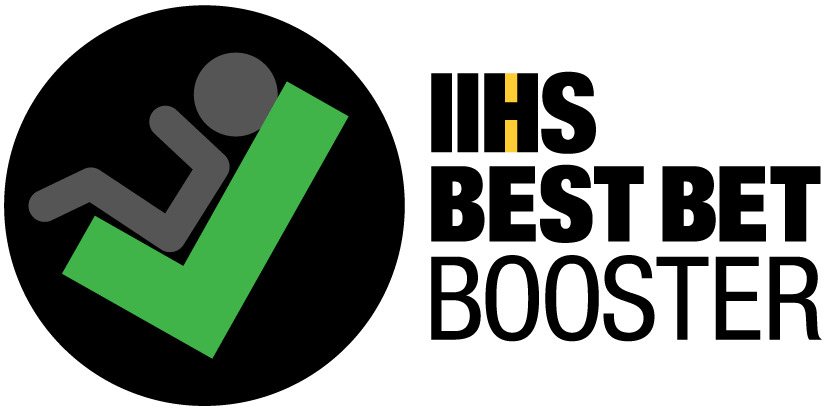
The Institute puts the booster seats it tests into four categories:
- BEST BETs are seats that provide good belt fit for typical 4 to 8 year-olds in almost any car, minivan or SUV.
- GOOD BETs provide acceptable belt fit in most cars, minivans or SUVs.
- Not Recommended don't provide good belt fit and should be avoided. There are currently no boosters on the market with this designation.
- Check Fit applies to booster seats the Institute has tested that have varied results depending on child size and vehicle model.
Proper fit is key
Our ratings identify boosters most likely to provide good lap and shoulder belt fit. Safety belts are designed with adults in mind, not kids, but when a booster seat is doing its job, the vehicle belt will fit a child correctly. That means the lap belt will lie flat across a child's upper thighs, not across the soft abdomen, and the shoulder belt will cross snugly over the middle of a child's shoulder.
Checking booster fit
Both the lap and shoulder belts must fit your child correctly.
Lap belt fit — The lap belt should lie flat and on top of the thighs, not higher up on the abdomen.
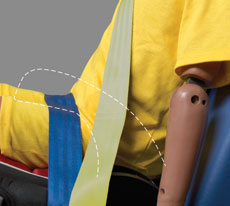
outline = arm rest removed to show belt position
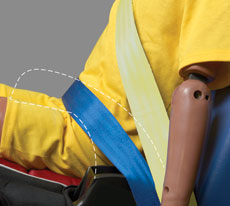
outline = arm rest removed to show belt position
Shoulder belt fit — The shoulder belt should fit snugly across the middle of the child's shoulder. If it falls off the shoulder or rests on your child's neck, it won't work as well. An improper fit could encourage your child to move the belt to a dangerous position, such as behind the back or under the arm.
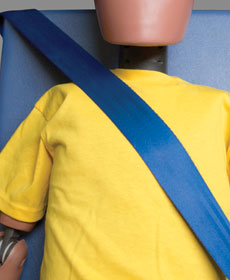
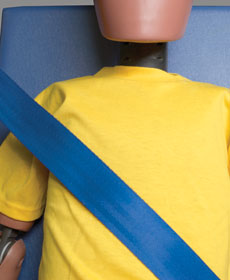
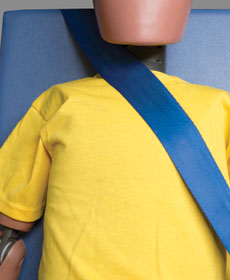
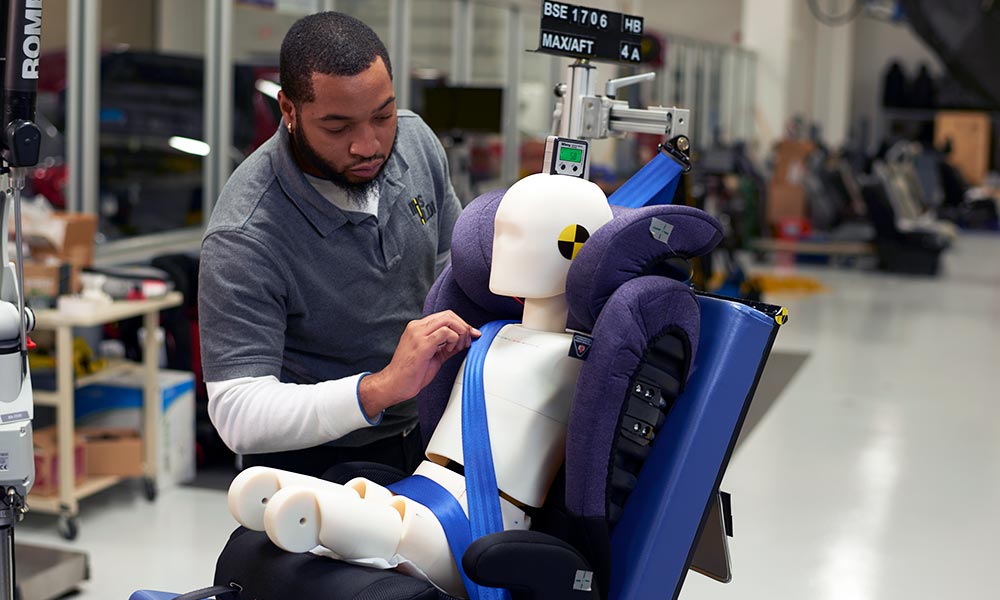
Test protocol
IIHS assesses boosters using a special dummy representing an average-size 6 year-old. Engineers measure how three-point lap and shoulder belts fit the dummy in each of the tested boosters under four conditions that span the range of safety belt configurations in vehicle models. An overall rating for each booster is then assigned based on the range of scores for the lap and shoulder belt measurements.